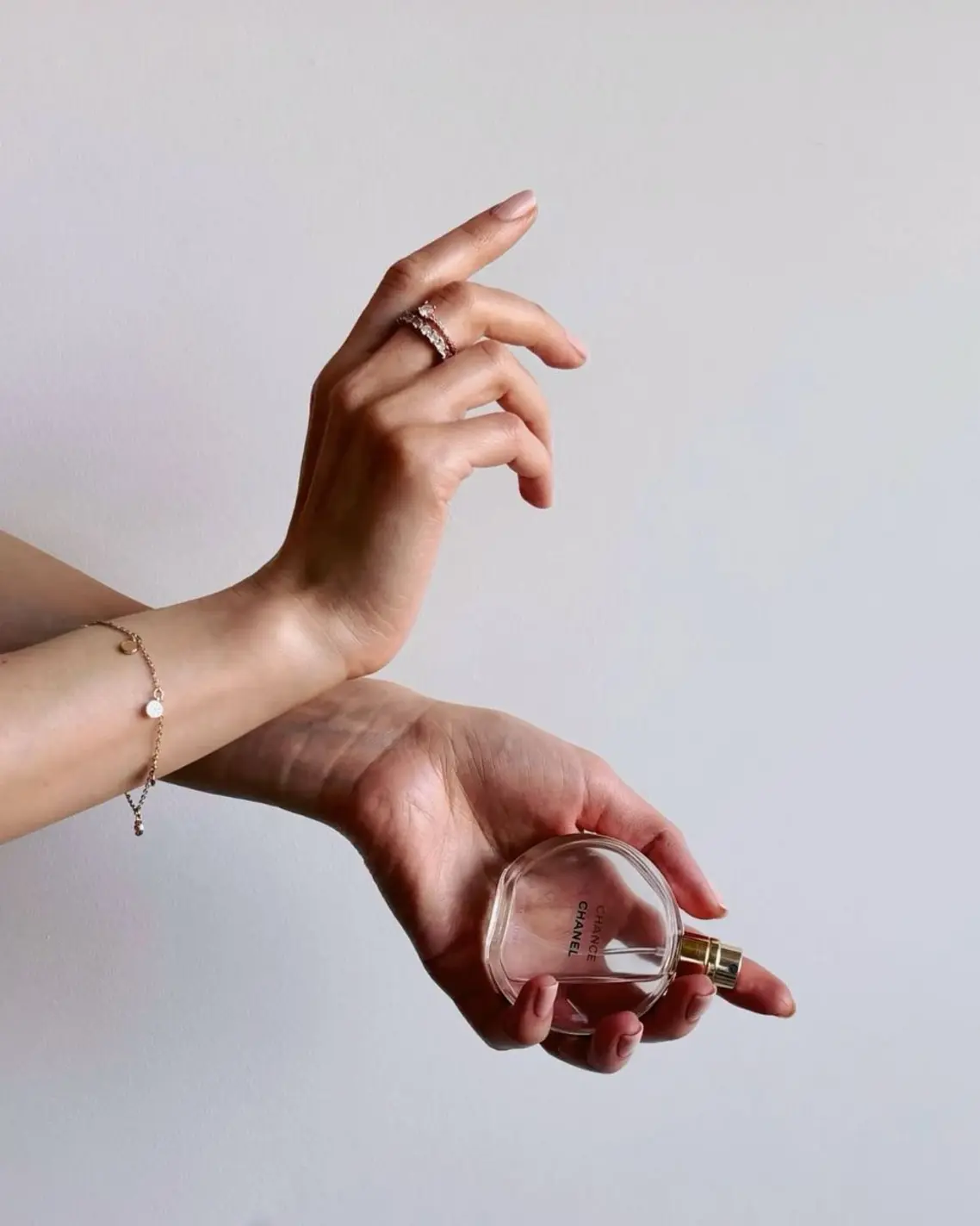Perfume is invisible, intangible, yet it lingers in memory longer than images or words. It sparks emotions, defines eras, and whispers stories through the air. But how did something so fleeting become a cultural and artistic force?

Perfume is invisible, intangible, yet it lingers in memory longer than images or words. It sparks emotions, defines eras, and whispers stories through the air. But how did something so fleeting become a cultural and artistic force?
October 17, 2025
Perfume is invisible, intangible, yet it lingers in memory longer than images or words. It sparks emotions, defines eras, and whispers stories through the air. But how did something so fleeting become a cultural and artistic force?
From its earliest beginnings, perfume has always been a symbol of luxury and creativity. Up until the late 19th century, the finest fragrances were crafted primarily from local natural extracts, with imported flowers or exotic ingredients available only at a high cost. The most notable breakthrough came in 1709 with the creation of Eau de Cologne in Cologne, Germany - a refreshing blend of herbs and citrus oils. The name “Cologne” is still used today to describe light, refreshing fragrances known as Eau de Cologne.
Today, fragrance is no longer just an accessory - it is a global powerhouse. The perfume market was valued at over 50 billion USD in 2022 and is projected to keep rising as niche houses, refillable bottles, and genderless blends reshape consumer tastes. From luxury giants like Chanel and Dior to indie disruptors like Le Labo or Byredo, perfume has evolved into both a personal signature and a cultural statement.
Tania Sanchez, the Spanish critic known for her sharp writings on fragrance, once shared a story. One afternoon, she and Luca Turin guided a group of curious parents through the perfume floor of Harrods in London. These visitors weren’t fragrance connoisseurs - they were simply intrigued.
From Guerlain to Chanel, Hermès to Caron, each scent drew reactions: fascination, distaste, or a sense of mystery. When Turin introduced a Comme des Garçons creation and explained how such a small bottle could ignite a movement, a successful businessman challenged: “How can a scent become fashion?”
That moment revealed the paradox: perfume is neither material nor visible, yet it shapes style, identity, and culture. How can something so elusive leave such enduring marks?
Up until the late 19th century, even the finest perfumes rarely ventured beyond local extractions - natural materials gathered nearby, with only the wealthiest formulas enriched by costly imports. The turning point came with chemistry: synthetics opened doors to aldehydes, vanillin, coumarin - ingredients that transformed perfumery from local craft into global industry.
By the 20th century, fragrance joined fashion, music, and cinema as a celebrated art form. Chanel No.5 became an emblem of modernity, while Eau de Cologne symbolized freshness for everyday use. Perfume wasn’t just about scent; it became lifestyle, aspiration, and artistry.
Despite its artistry, perfume has often been underestimated compared to wine, food, or music - fields that secured academic study, cultural prestige, and media spotlight. Fragrance, instead, was often tucked into the margins, accompanied by overwrought marketing or pseudoscientific claims.
Some brands commissioned perfumes inspired by abstract emotions - like the fragrance Humiecki & Graef once requested to capture “the feeling of a man crying.” Others leaned into wellness language, comparing essential oils to therapy. While evocative, such descriptions rarely reflected the true cultural depth of perfume.
Perfume is not just chemistry or psychology - it is an art form. Each scent is a composition: sometimes simple, sometimes layered, sometimes playful, sometimes abstract. And like any art, it thrives on interpretation, critique, and debate.
Unlike paintings or music, perfume cannot be preserved indefinitely. Every spray is a moment evaporated. A discontinued favorite leaves collectors heartbroken, watching their bottles slowly empty, knowing they can never be replaced. Perfume also ages—oxidizing, transforming, fading. No matter how beloved, no fragrance can stay untouched forever.
This ephemerality makes perfume unique: it resists permanence, demanding to be lived in the present.
What once felt isolating - being a perfume lover - has now blossomed into a global community. With the rise of the Internet, enthusiasts gather on forums like Makeup Alley, exchange samples, and review fragrances more candidly than any glossy magazine ever dared.
Blogs dedicated to perfume multiply by hundreds, each voice adding to the conversation. Online, one can discover discontinued treasures, indie labels, and niche brands never stocked on department store shelves. Criticism, even harsh, fuels dialogue - and dialogue fuels passion.
Perfume today is no longer a silent accessory. It is discussed, debated, and dissected, giving it cultural weight it never had before.
The age of cheap, short-lived celebrity scents has faded. Quality, transparency, and craftsmanship now drive the market. Sustainability efforts, refillable bottles, and artisanal blends mark a shift: perfume is stepping out of frivolity’s shadow and claiming its place as a respected art.
Perfume doesn’t just mask or embellish—it colors emotions, brightens days, and lingers like a personal soundtrack. It’s a touch of magic, a dusting of wonder on everyday life.
So perhaps the real question is: what does your perfume say about you—and what story will you let it tell?